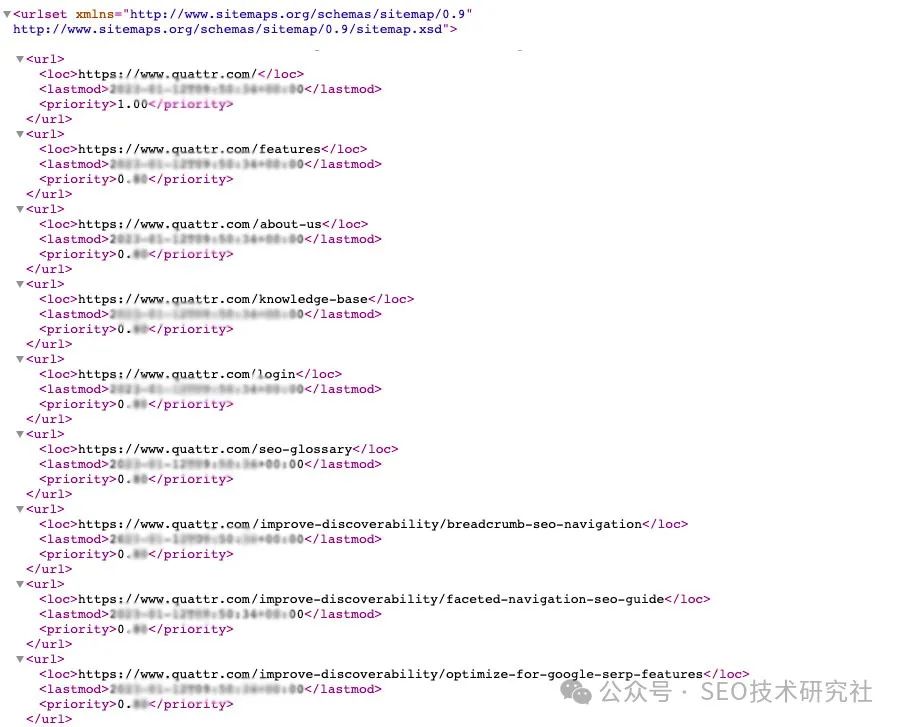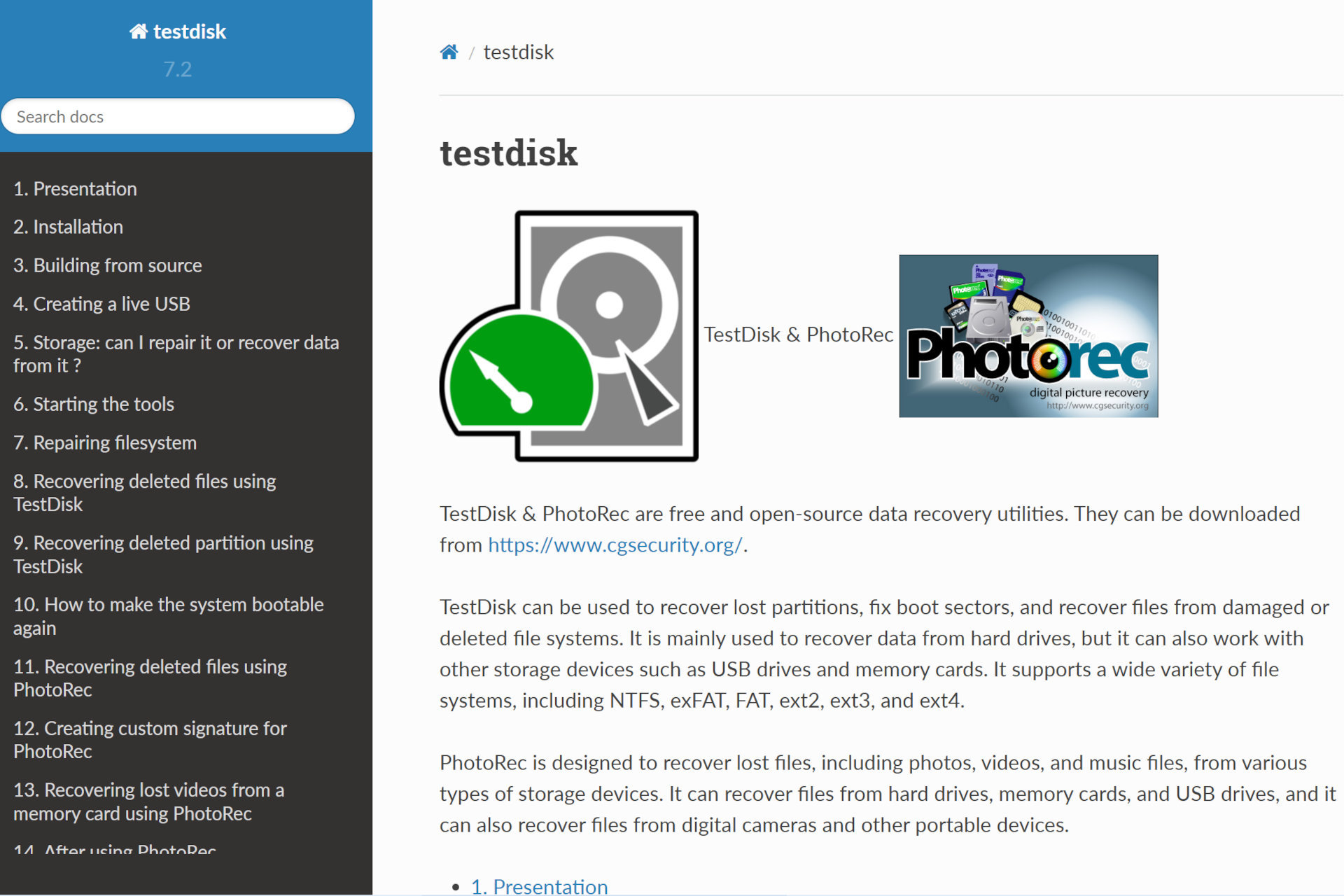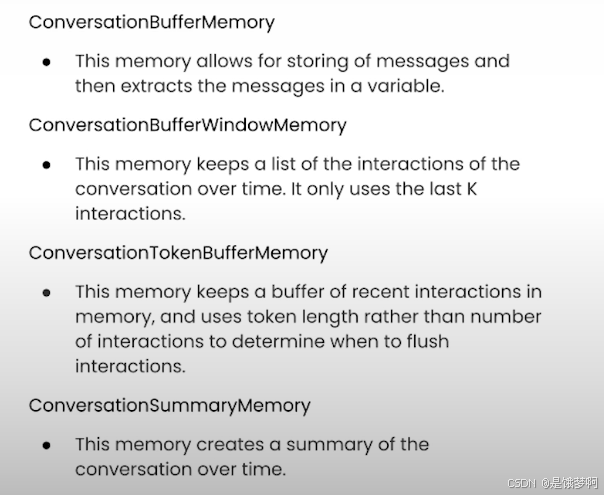一、概述
国际化就是用户可以选择对应的语言,页面展示成对应的语言;
一个系统的国际化按照信息的所在位置,可以分为三种国际化信息:
- 前端页面信息
- 后端提示信息
- 数据库的字典类信息
二、前端页面国际化
使用i18n库实现国际化
- i18n国际化库思路:
通过jquery或者dom操作拿到需要变化语种的id或者class,然后到配置文件里面识别key是谁,因为他的结构是map结构的,也就是value-key的结构,最后在html页面通过class或者id取到名字就行了;
相关技术可以看博客:https://blog.csdn.net/qq_41485414/article/details/81093999
也可以直接在网上搜索关键词:前端i18n国际化
三、后端提示信息国际化
依托于Spring的国际化技术实现
3.1 创建语言信息包
-
在项目的
resources下创建文件夹i18n -
在
i18n文件夹下创建 messages语言信息包使用idea创建:


创建完成后,既可看到两类语言的配置文件:

配置内容可以按照需要增加 键值对,例如:
- messages_en_US.properties
return.ok=Success
return.fail=FAIL
- messages_zh_CN.properties
return.ok=操作成功
return.fail=操作失败
- 国际化i18n语言码表:
i18n语言码表
3.2 注入语言资源类
import org.springframework.context.annotation.Bean;
import org.springframework.context.annotation.Configuration;
import org.springframework.context.support.ResourceBundleMessageSource;import java.util.Locale;/*** @author xch* 2024/7/18 14:15*/
@Configuration
public class LocaleConfig {@Beanpublic ResourceBundleMessageSource messageSource() {//默认使用 中文Locale.setDefault(Locale.CHINA);ResourceBundleMessageSource messageSource = new ResourceBundleMessageSource();messageSource.setBasename("i18n/messages");messageSource.setDefaultEncoding("UTF-8");messageSource.setUseCodeAsDefaultMessage(true);return messageSource;}
}
- 原理是,Spring会创建一个
MessageSource的bean;这个MessageSource提供了对应的语言转换方法:
@Nullable
String getMessage(String code, @Nullable Object[] args, @Nullable String defaultMessage, Locale locale);String getMessage(String code, @Nullable Object[] args, Locale locale) throws NoSuchMessageException;String getMessage(MessageSourceResolvable resolvable, Locale locale) throws NoSuchMessageException;
code:我们在语言信息包中配置的key,如:return.ok
local:就是我们要转换的对应的语言
所以我们使用的时候只需调用上面的getMessage方法既可实现信息国际化;
3.3 示例(不优雅)
为了方便使用上述的getMessage方法,可以封装成静态的方法,方便调用使用:
- 封装SpringUtil工具类
import org.springframework.beans.BeansException;
import org.springframework.context.ApplicationContext;
import org.springframework.context.ApplicationContextAware;/*** @author xch* 2024/7/19 16:10*/
@Component
public class SpringUtil implements ApplicationContextAware {private static ApplicationContext applicationContext = null;@Overridepublic void setApplicationContext(ApplicationContext applicationContext) throws BeansException {if (SpringUtil.applicationContext == null) {SpringUtil.applicationContext = applicationContext;}}/*** 通过class获取Bean.*/public static <T> T getBean(Class<T> clazz) {return applicationContext.getBean(clazz);}



















